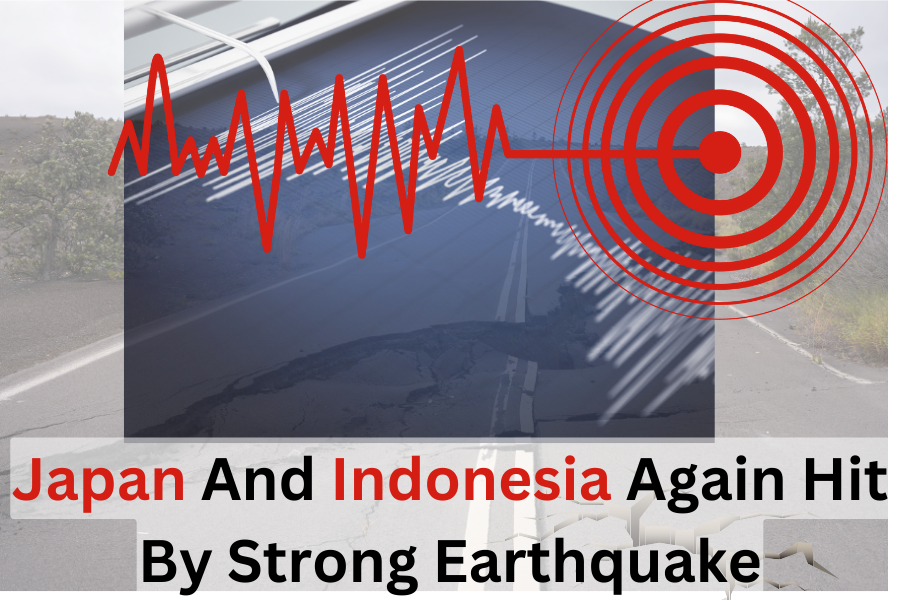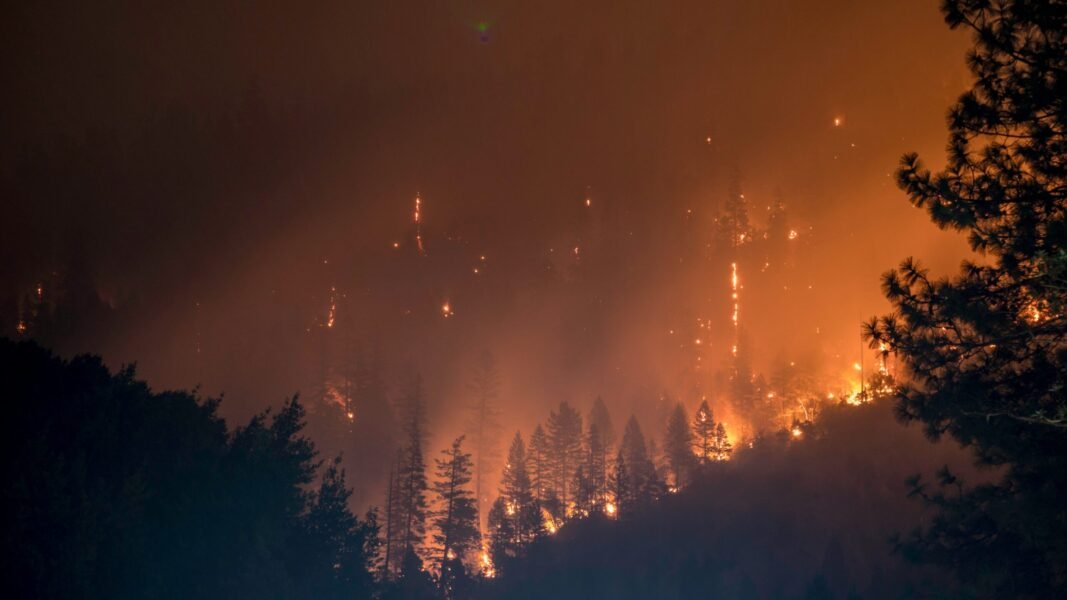Indonesia and Japan Rattled by Strong Earthquakes On 27th April, Communities Brace for Aftershocks
Posted on : April 28, 2024 By Santo

Earthquakes In Indonesia and Japan
Seismic shocks have once again rocked the nations of Indonesia and Japan, leaving communities in both countries on high alert for potential aftershocks. These recent earthquakes serve as a reminder of the vulnerability of these regions to natural disasters but also highlight the resilience and preparedness of the affected communities.
Table of Contents
Indonesia: Magnitude Quake
On the 27th of April, 2024, Indonesia experienced a substantial 6.3-magnitude earthquake. The quake struck the populous main island of Java, causing unsettling sways in high-rise buildings across the capital city of Jakarta. The impact was also felt in other cities such as Bandung, Depok, Tangerang, Bogor, and Bekasi, leading to precautionary evacuations.
With a depth of 65 kilometers, the earthquake’s epicenter was situated at a significant distance below the surface. This depth, combined with the preparedness measures in place, helped mitigate the potential damage and casualties. However, the incident serves as a stark reminder of the region’s susceptibility to seismic activity.
Japan: Remote Quake
Simultaneously, Japan’s remote Bonin Islands experienced a 6.5-magnitude earthquake. Although the magnitude was significant, the epicenter was located 503 kilometers below the sea floor, sparing the region from a tsunami warning. The Bonin Islands positioned approximately 1,000 kilometers south of Tokyo, have a history of seismic events and are accustomed to such geological disturbances.
Implications and Resilience
In the aftermath of these seismic disturbances, residents in both Indonesia and Japan remain on high alert for potential aftershocks. The resilience and preparedness of these communities are evident as they navigate the challenges posed by natural disasters.
Community vigilance is crucial in times like these. The unity and support among citizens and authorities play a pivotal role in ensuring the safety and stability of affected regions. By staying informed and following safety protocols, these communities are better equipped to face future challenges.
Geological Forces Unleashed: Indonesia and Japan Grapple with Devastating Earthquake Fallout
In a stark reminder of nature’s relentless power, Indonesia and Japan find themselves reeling from the aftermath of recent earthquakes, each leaving a trail of destruction in their wake.
Indonesia’s Earthquake:
Proximity to Fault Lines: Indonesia’s geographic position within the Pacific Ocean’s volatile Ring of Fireplaces it at the mercy of tectonic plate collisions. The recent earthquake, a consequence of this geological activity, resulted from the release of accumulated pressure as rocks fractured and shifted along fault lines.
Shallow Depth and Intensity: The epicenter’s unsettling proximity to the earth’s surface, a mere six miles deep, amplified the quake’s impact, causing significant shaking and damage to populated areas. Particularly vulnerable were regions like Cianjur, where soft and loose soil compounded the devastation, triggering landslides that engulfed entire villages.
Building Vulnerability: Compounding the destruction, many structures lacked adequate earthquake-resistant design, exacerbating the impact on infrastructure and communities. The structural weaknesses of buildings proved dire as they succumbed to the seismic forces, leaving devastation in their wake.
Aftershock Horrors: The terror did not end with the initial quake, as hundreds of aftershocks rocked the region, further exacerbating the destruction and compounding the challenges of recovery and rescue efforts.
Japan’s Earthquake:
Seismic Activity in the Bonin Islands: Situated amidst the Pacific Ocean’s Ring of Fire, the Bonin Islands are no stranger to seismic activity. The recent earthquake, a manifestation of this geological reality, struck these remote islands with a force that resonated with their turbulent tectonic history.
As Indonesia and Japan grapple with the devastation wrought by these earthquakes, the resilience and fortitude of their communities shine through amidst the chaos. However, these events serve as stark reminders of the urgent need for robust infrastructure, disaster preparedness, and global cooperation in the face of nature’s unyielding force. As the affected regions embark on the long road to recovery, solidarity and support from around the world will be crucial in rebuilding lives and livelihoods shattered by these seismic upheavals.
Conclusion
The recent earthquakes in Indonesia and Japan have tested the resolve and resilience of the affected communities. Despite the challenges posed by natural disasters, the unwavering spirit of these regions shines through. The solidarity and support among residents pave the way for a safer and more resilient future.
As residents remain vigilant in the face of potential aftershocks, the lessons learned from these seismic events will contribute to improved disaster preparedness and response strategies. Through unity and collaboration, these nations will continue to recover and rebuild, ensuring a brighter future for all.
Share this articlePosted on : April 28, 2024 By Santo
Join Our Club

"Stay Informed, Stay Ahead – Join Our Club Today!"



















